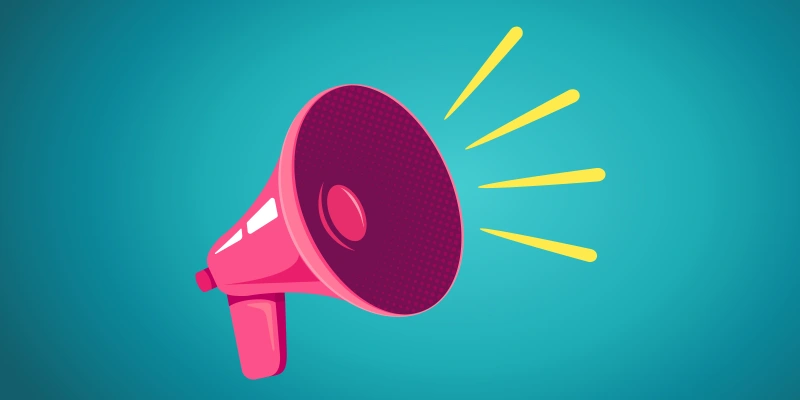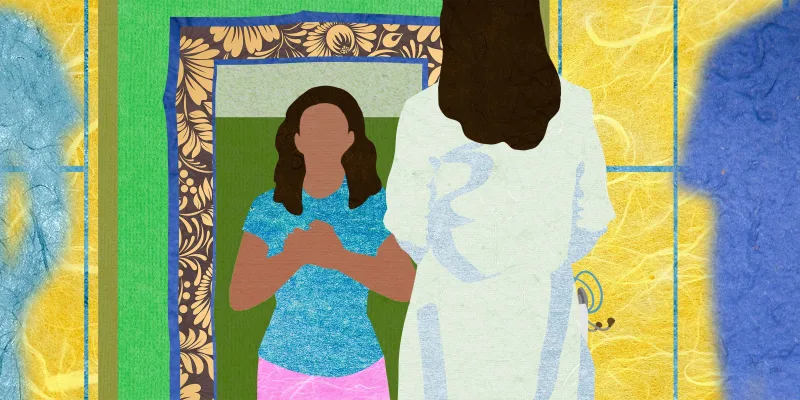
How much physical pain would you be willing to endure for your patients if you knew it would help them? Dr. Joel Salinas does not have a choice.
Dr. Salinas is a neurologist at Massachusetts General Hospital who has a condition called mirror touch synesthesia. This neurological condition allows him to experience the physical sensations of others. “If you’re gasping for air, I feel like I’m gasping for air. If you have morning sickness, I feel like I have morning sickness. Because of mirror touch, my brain automatically categorizes you and me as the same person. It tries to recreate your experience based on the situation and my own past experiences,” he describes.

Automatically sharing a patient’s pain has obvious clinical benefits. In fact, Dr. Salinas attributes some of his clinical successes to his mirror touch. He once was called to check up on an agitated patient with cerebral palsy. When he entered the exam room, he experienced some typical physical sensations, such as the beads of sweat on her forehead, her hair down her back, and her body pressed against the bedrail. Quickly, he also tuned into an anomaly: her chest was moving rapidly. This subtle observation led to the discovery that she had blood clots in her lungs. “That is something that without my mirror touch I don’t think we would have been able to catch as early as we did,” he recounts.
Mirror touch gives Dr. Salinas another important clinical advantage: empathy.
Because of mirror touch, he closely attends to his patients, leading to effortless empathy with their condition. “I’m more likely to share a deeper connection to my patients’ experiences, their pain, and ultimately with their care,” Dr. Salinas explains. Feeling and understanding his patients’ pain creates a better emotional connection with them too. “My patients get to feel a little less lonely. If you’ve ever been sick or in the hospital, you know that means a lot in medicine,” he says.
This intense form of empathy has the potential to activate in all of us. “We all have the hardware in our brains for this extreme form of empathy. It’s just a matter of attending to it and building up these networks, almost like a muscle,” Dr. Salinas says. To tap into this system, he suggests that medical providers try to imagine the mirror touch experience for themselves. Focusing on the little details of their sensory experiences, like where patients’ bandages are or how their blanket would feel against their chest, increases the chance of engaging this empathy system. He emphasizes, “That process leads to the motivation to help somebody else and that motivated state is really, really important. The term for it is compassion.”
However, you can have too much of a good thing. Dr. Salinas concedes that empathy has its limits. “I think empathy is a lot like the Goldilocks point. You want to be in the healthiest zone of empathy as possible and every situation is different,” he explains. Too much investment in patients can lead to empathetic burnout in any health provider. For Dr. Salinas, figuring out how to maneuver the spectrum of empathy was especially important.
Over the years, he’s developed strategies to prevent feeling overwhelmed when interacting with patients’ distress that could help any provider, with or without mirror touch.
Start with setting boundaries for yourself that are firm and thoughtful. “I’m pretty deliberate about the thoughtful part, because having a too rigid set of boundaries can actually hurt people,” he says. Within these boundaries, it’s important to use your own resilience to resist burnout. Building this personal resilience to distress, he explains, grows from self-care. He advises others, “Make sure you’re getting enough sleep, eating regularly, drinking water, all the basics.” With this foundation, it’s easier to explore the empathy spectrum in the exam room, from the patients’ discomfort in the exam chair to your own physical experience of your toes in your socks.
Dr. Salinas believes everyone can learn from the mirror touch phenomenon and his personal experience, a passion that drove him to write Mirror Touch: A Memoir of Synesthesia and the Secret Life of the Brain. Learning about the mirror touch experience and applying it to our own lives is key to improving all of our relationships. He explains, “Mirror touch synesthesia, whether you have it or not, will make you rethink every interaction you have. We all struggle with things like connecting and communicating and especially setting the right boundaries for people that we love and care for. Mirror touch really opens up this fresh, interesting, and important way to understand and figure this out.”
For Dr. Salinas, a path in medicine has always made sense. He remembers, “I always had a connection to helping people feel better. In the process of making people feel better, I physically felt better as well.”






